🌱 Bloom
Eco-friendly rocketry & disaster relief
Back in 2020 I got together with some friends from DARE to figure out if we can help the environment with rocketry. With recent news about the dangers of global soil erosion, especially in regions with already fragile infrastructure we wanted to know if we can build a system to distribute seeds for soil-fixing planets in difficult to access areas. Using safe and cheap rockets for this has the advantage that we can quickly disperse these seeds in a wide area that would be difficult to access with other methods. With this, we hoped, we can reduce the risk for follow-on mud or landslides which had been claiming an increasing number of lives. With this basic idea the 🌱 Bloom project was born which I was lucky to lead for a bit more than two years.
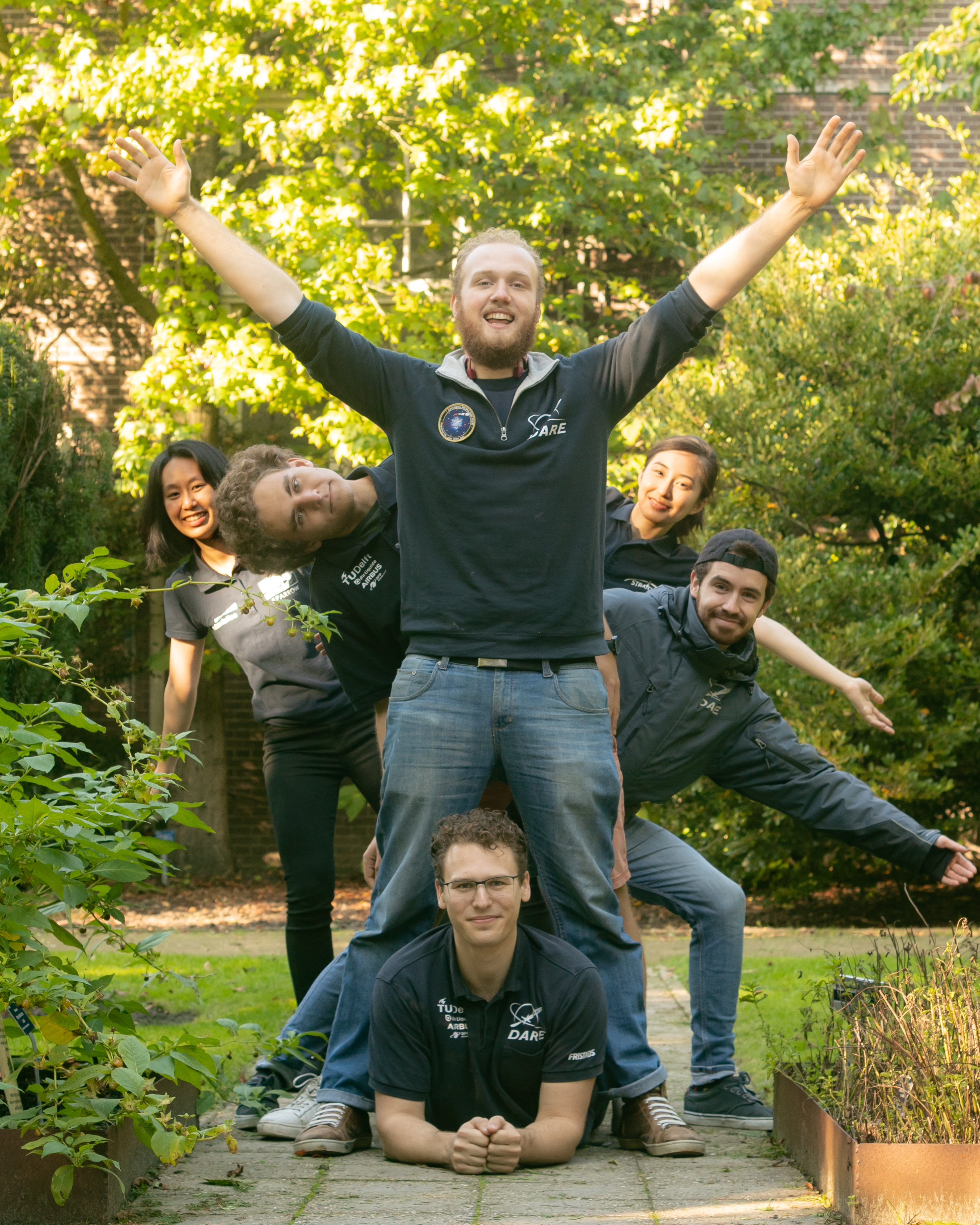
Our team consisted of Mark, an absolute powerhouse of creative problem-solving and engineering knowledge, Nick who held our team together financially and the rocket engine structurally, Yee who not only safely tested our rocket motor design again and again, but also presented our project to the world, Clio making sure that our rocket was stable and aerodynamic enough to use in windy and rainy conditions, and last but not at all least the amazing Quinten who solved some of the most significant problems we faced, including how to seal a biodegradable rocket engine against some 20 bar of internal combustion products and a reliable, purely mechanical seed dispersal mechanism. Bloom would not exist without them, and they deserve all the praise for their passion and effort. Together we developed a full-biodegradable rocket (yes that means rocket motor and body, propellants etc.) and we were the first team to repeatedly demonstrate a full-biodegradable rocket motor in several hot-fire tests.



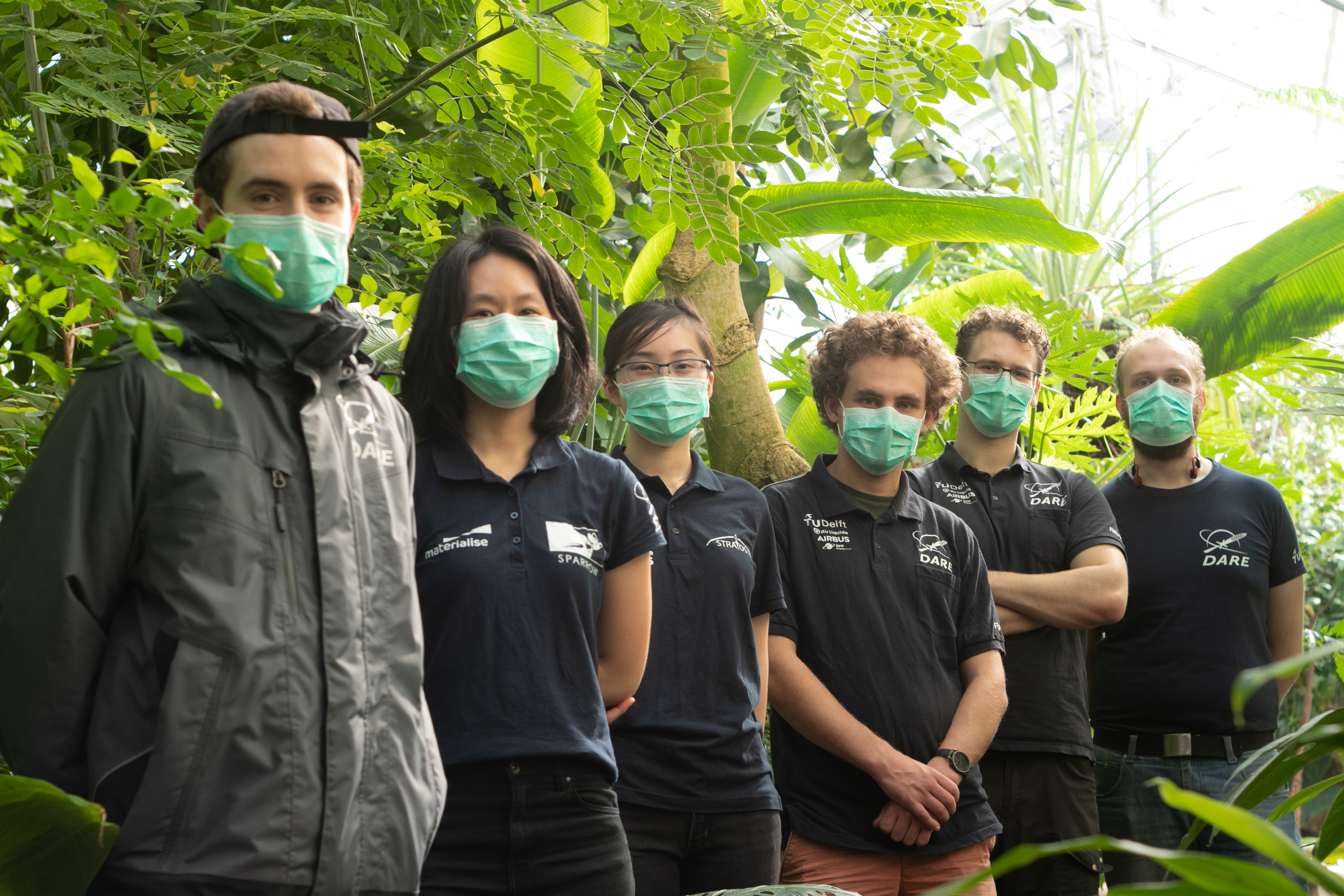

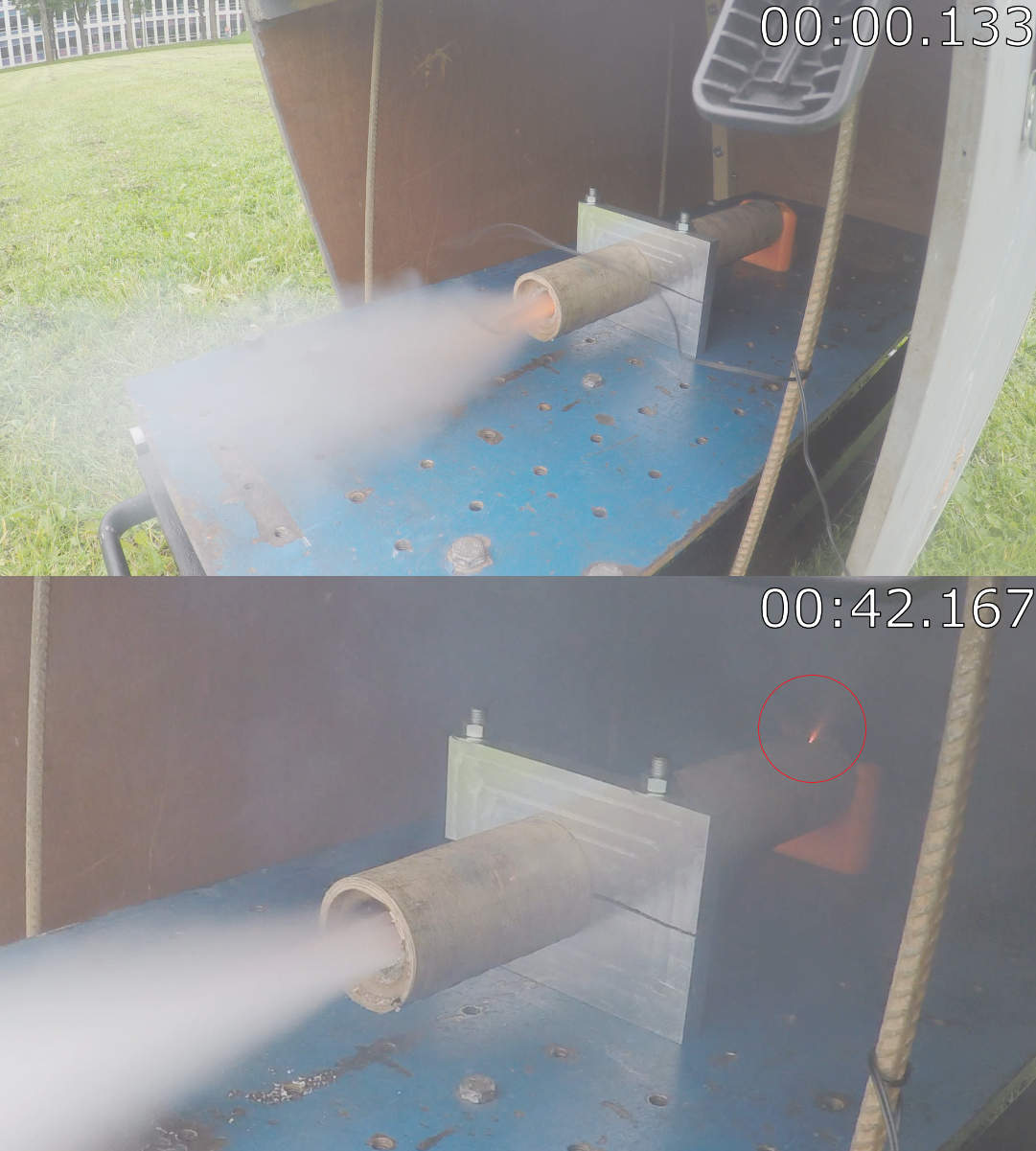
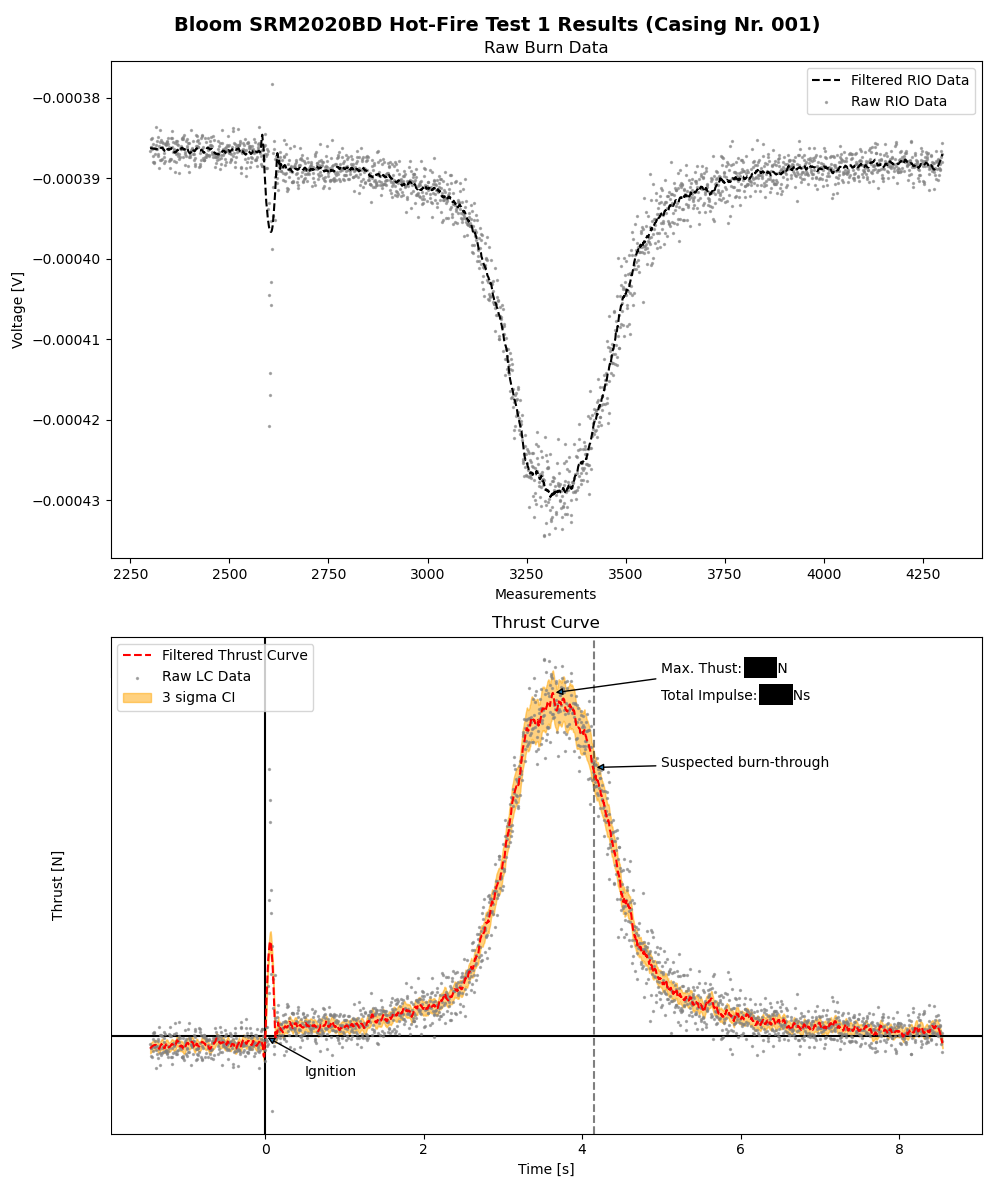
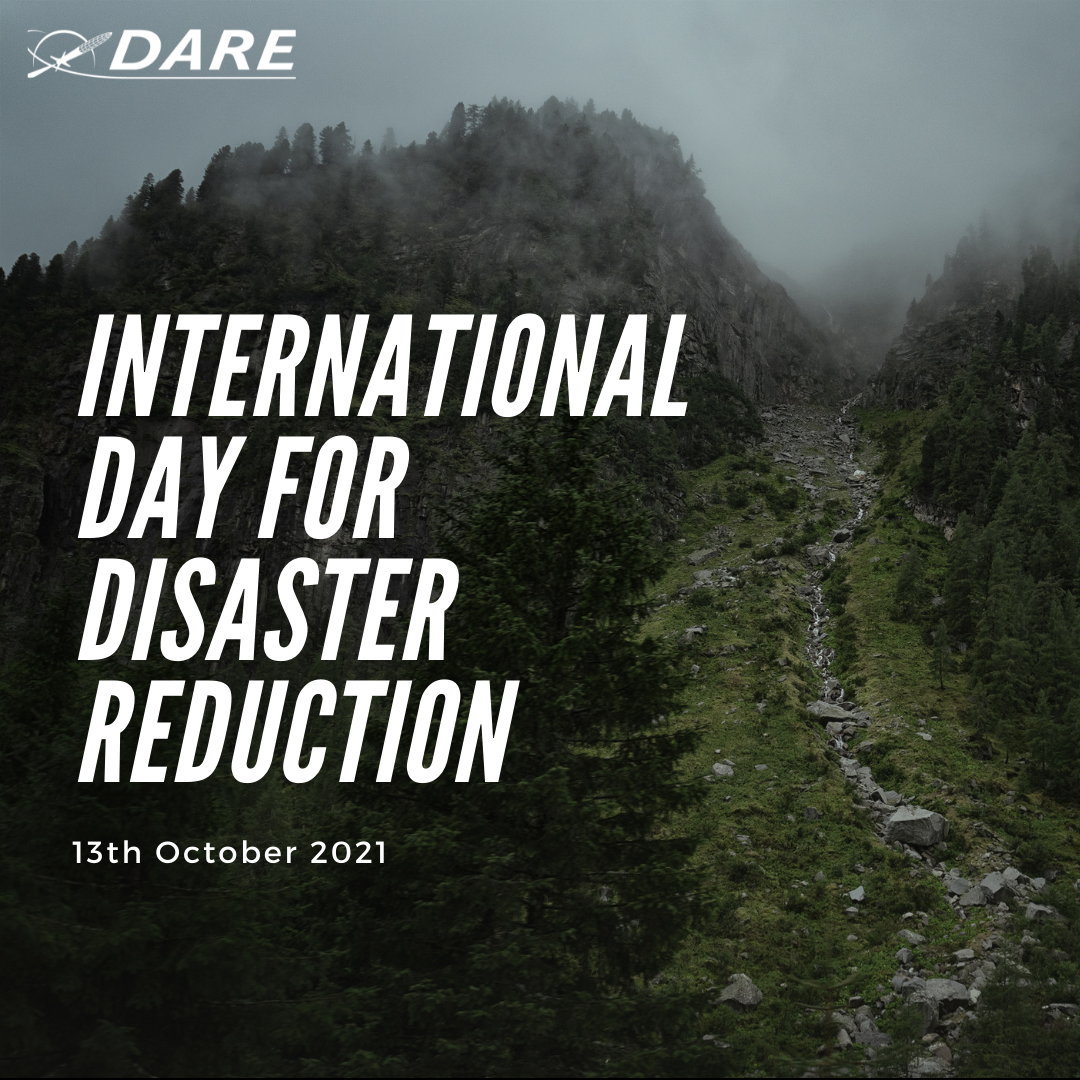
.png)





![Nick taking a video of [redacted], and also not helping with test preparation ;*](/assets/img/20220312_110032.jpg)
Dedicated to my amazing teammates.